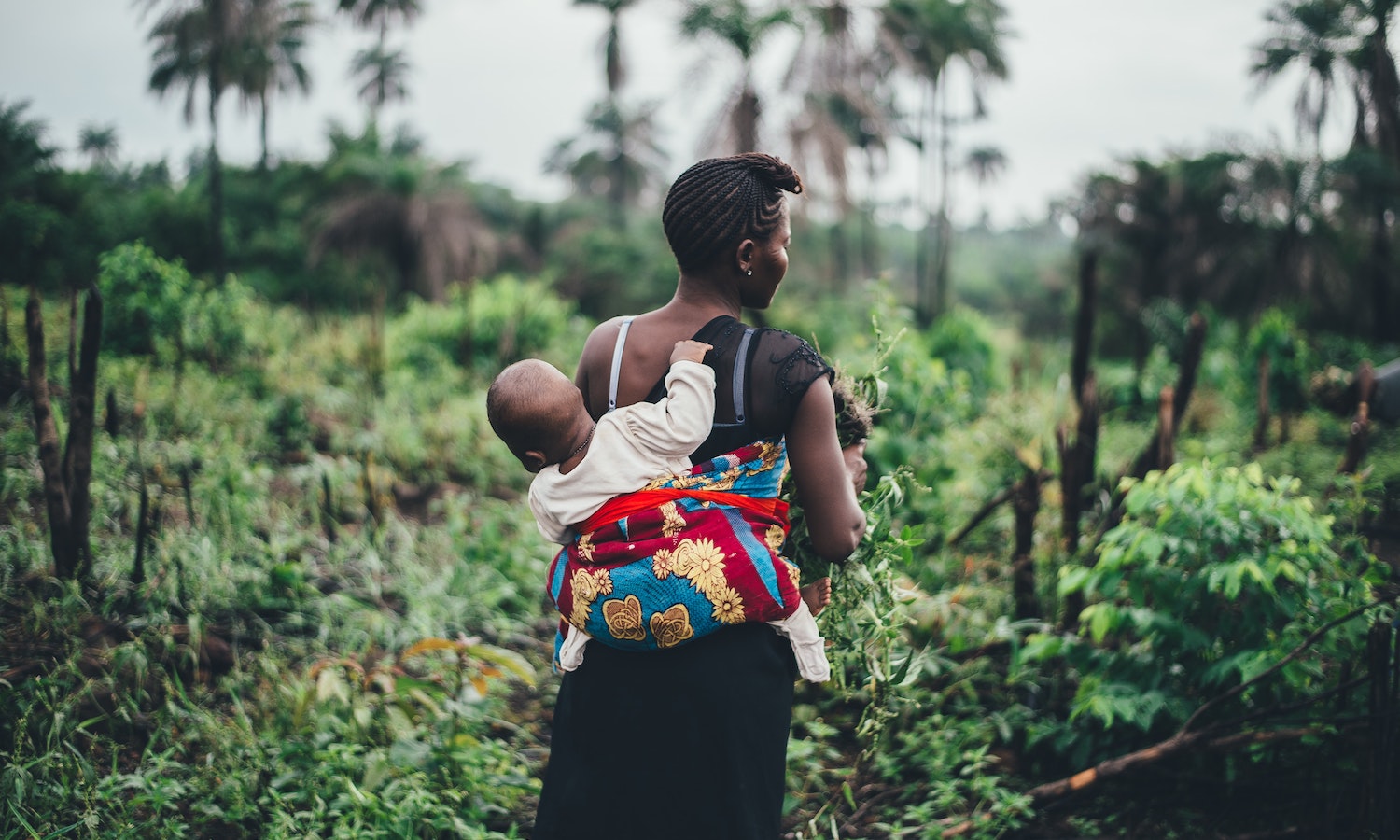Global population is about to tick over the 8 billion mark in November, and reach 9 billion by 2050. And while the population is growing, so is food insecurity. About 2.3 billion people were moderately or severely food insecure last year—350 million more than in 2019.
Food insecurity and hunger are partly a supply problem. The COVID-19 pandemic, climate change, and conflicts have combined to disrupt supply chains and drive up food and fertilizer prices. The Ukraine conflict in particular impacted food security by interrupting grain and cooking oil supplies, and is largely responsible for food prices rising 30 percent since 2021. Lower production and export of fertilizers from Ukraine, Russia, and Belarus undermine food production around the world, with low- and middle-income countries hardest hit, especially in Africa, where one third of all those who experienced food insecurity last year live.
To solve these problems, we’re focusing primarily on boosting food production through procedural and technological advances. Yet food supply is just one dimension of the problem. The other major ones are unequal access to what food is produced, and population growth, which continuously drives up food demand.
Food insecurity and inequality are strongly connected. Not only does food insecurity affect certain regions disproportionately, it manifests differently in different countries. In upper-middle and high-income economies, malnutrition is likely to cause obesity. In low- and lower-middle income economies, it’s likely to result in stunting or wasting.
Global frameworks like the Sustainable Development Goals address the root causes of inequality, for example by working to eradicate extreme poverty. But the other variable, population size, is not adequately addressed, and needs greater representation on the food security agenda.
Reproductive autonomy, the power to decide and control contraceptive use, pregnancy, and childbearing, could have a powerful influence on food security. Countries with the highest fertility rates have higher food insecurity, and conversely, those with lower fertility rates have lower food insecurity. Half of all pregnancies worldwide—120 million—are unintended. If every person had full reproductive autonomy, that number would dwindle. High fertility rates would decline, and so would food insecurity.
Today some 257 million women around the world who want to avoid pregnancy lack access to safe, modern methods of contraception. Among the obstacles in the way are supply challenges, fear of side effects, and opposition from family members. There are also structural barriers, such the low priority given to sexual and reproductive health across by government policies and services. During the COVID-19 pandemic, sexual and reproductive health services were classified as non-essential in many countries, contributing to more unintended pregnancies.
Nigeria, for example, with a population of over 200 million, is the seventh largest country in the world. It is growing so fast, with a fertility rate of 5.3 children per woman, that it is set to become the third largest country by 2050. Only 12 percent of married women in the country use a modern method of contraception. Close to 60 percent of the population faces moderate to severe food insecurity.
Absent new efforts to bend the growth curve, population-driven food insecurity will get worse. Between 2017 and 2050, populations of 26 African countries are expected to at least double their current size.
In addition to supply-side solutions, efforts to improve food security need to focus on the demand side by working on population dynamics. That includes incorporating demographic projections into plans for boosting agricultural production, especially around rapidly expanding urban areas. It should also include boosting family planning and contraceptive use.
Countries with the lower uptake of modern contraceptives tend to have high fertility rates and higher food insecurity. Compared to other continents, Africa has the lowest prevalence of contraceptive use, the highest fertility rates, and the highest food insecurity.
Rapid population growth strongly correlates with poverty, hunger, and malnutrition. The inter-connections between population dynamics, fertility levels, contraceptive uptake, and food security can’t be ignored any longer. In fact, they should be harnessed to reduce food insecurity, improve reproductive autonomy, and help build to a more just and equitable future.
Articles like the one you just read are made possible through the generosity of Food Tank members. Can we please count on you to be part of our growing movement? Become a member today by clicking here.
Photo courtesy of Annie Spratt, Unsplash











